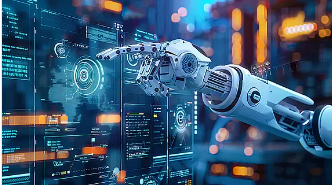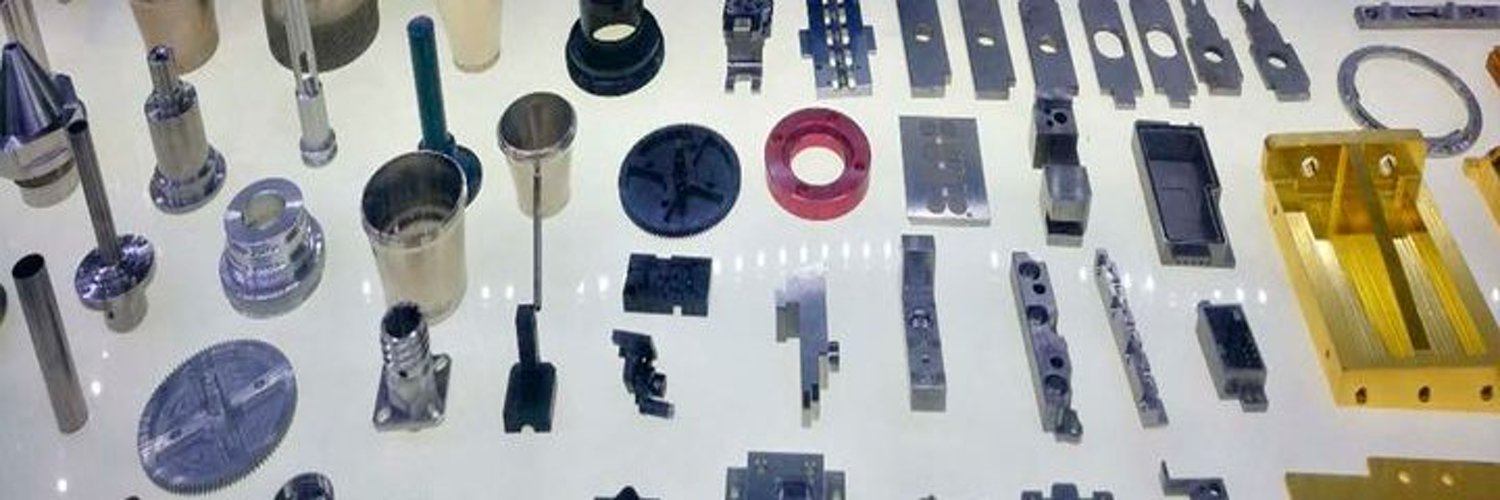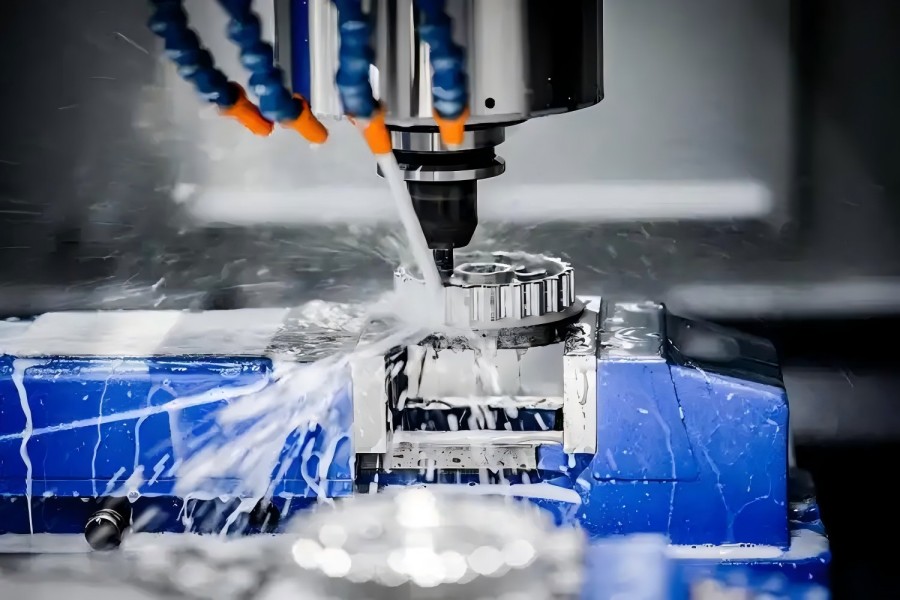- Guangzhou Sinoth Import and Export Co., LTD
Tel: 020-8968-8980
Website:www.gzsynoth.com
Email: belinda@dginfa.com(24 hours online)
Phone: +86 189 2740 6786
Address: No 5, Jinshi Three Street, Shiling Town, Huadu District,Guangzhou City, Guangdong Province
Precision manufacturing is a cornerstone of robotics innovation, enabling the creation of highly accurate, reliable, and complex robotic systems. Here's how it drives advancements in the field:

First. Enhanced Performance and Reliability
Precision manufacturing is not merely a support tool but a catalyst for robotics innovation. By enabling complex designs, enhancing reliability, and reducing costs, it allows roboticists to explore uncharted territories-from soft robotics to autonomous swarms. As manufacturing technologies evolve, they will continue to unlock new possibilities, ensuring robotics remains at the forefront of technological advancement.
Tight Tolerances: Robots require components with exact specifications to function seamlessly. Precision manufacturing ensures parts like gears, actuators, and sensor mounts fit perfectly, minimizing errors and enhancing operational reliability.
Example:Collaborative robots (cobots) rely on precisely manufactured joints and sensors to safely interact with humans.
Second. Miniaturization and Advanced Applications
Micro-Robotics and Drones: Techniques like micro-machining enable tiny, high-performance components for medical microbots or agile drones.
Surgical Robotics: Systems like the Da Vinci Surgical System depend on ultra-precise instruments for delicate procedures, achievable only through advanced manufacturing.
Third. Material Innovation
Advanced Materials: Precision manufacturing adapts to materials like carbon fiber and shape-memory alloys, balancing strength, weight, and flexibility. This is critical for aerospace robots or soft robotics.
Fourth. Integration of Electronics and Mechanics
Embedded Systems:Precision processes allow seamless integration of sensors and electronics into mechanical parts, such as strain sensors in robot arms for accurate force feedback.
Fifth. Rapid Prototyping and Customization
3D Printing: Accelerates iterative design, enabling quick production of prototypes for testing. This agility fosters innovation in fields like humanoid robots (e.g., Boston Dynamics's Atlas).
Sixth. Quality Control and Cost Efficiency
Metrology Tools: CMMs and laser scanners ensure components meet stringent standards, reducing failures.
Long-Term Savings: High-quality parts reduce waste, rework, and maintenance, lowering lifecycle costs.
Seventh. Emerging Technologies and Future Trends
AI and IoT: Predictive maintenance via machine learning optimizes CNC machining, while IoT enables real-time production monitoring.
Digital Twins and Additive Manufacturing: Simulate processes and create complex geometries, unlocking new robotic designs.
Eighth. Standardization and Modularity
Interchangeable Parts: Standardized precision components facilitate modular robots, easing upgrades and spurring innovation through component mixing.
Ninth. Challenges and Frontiers
Cost and Skill Barriers: High initial investment and need for skilled technicians.
Pushing Limits: As robots grow more complex, manufacturing must achieve even higher precision, driving advancements in nanotechnology and adaptive machining.
Conclusion



